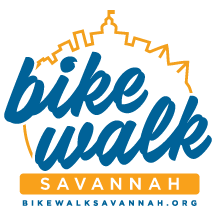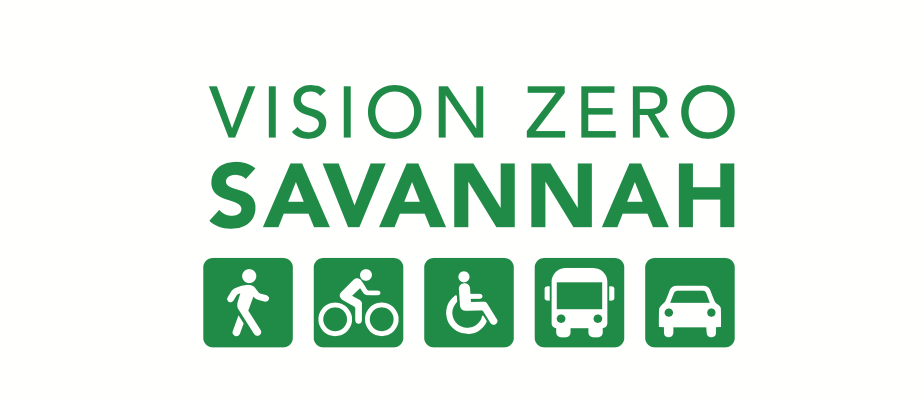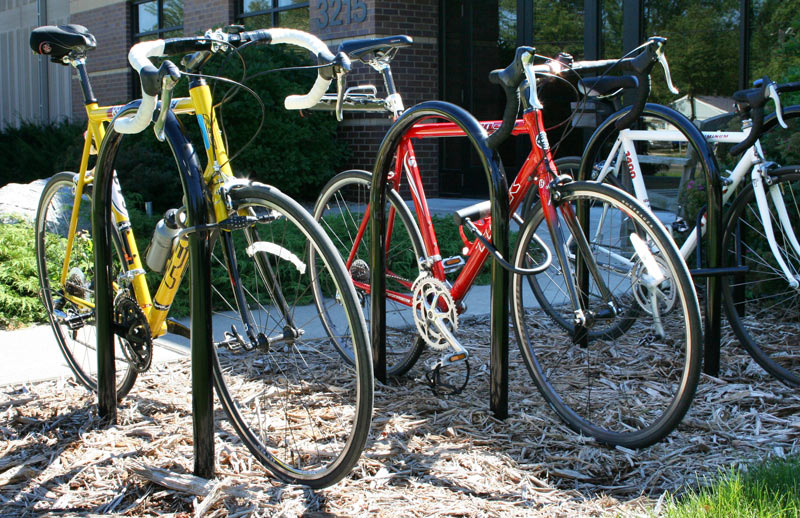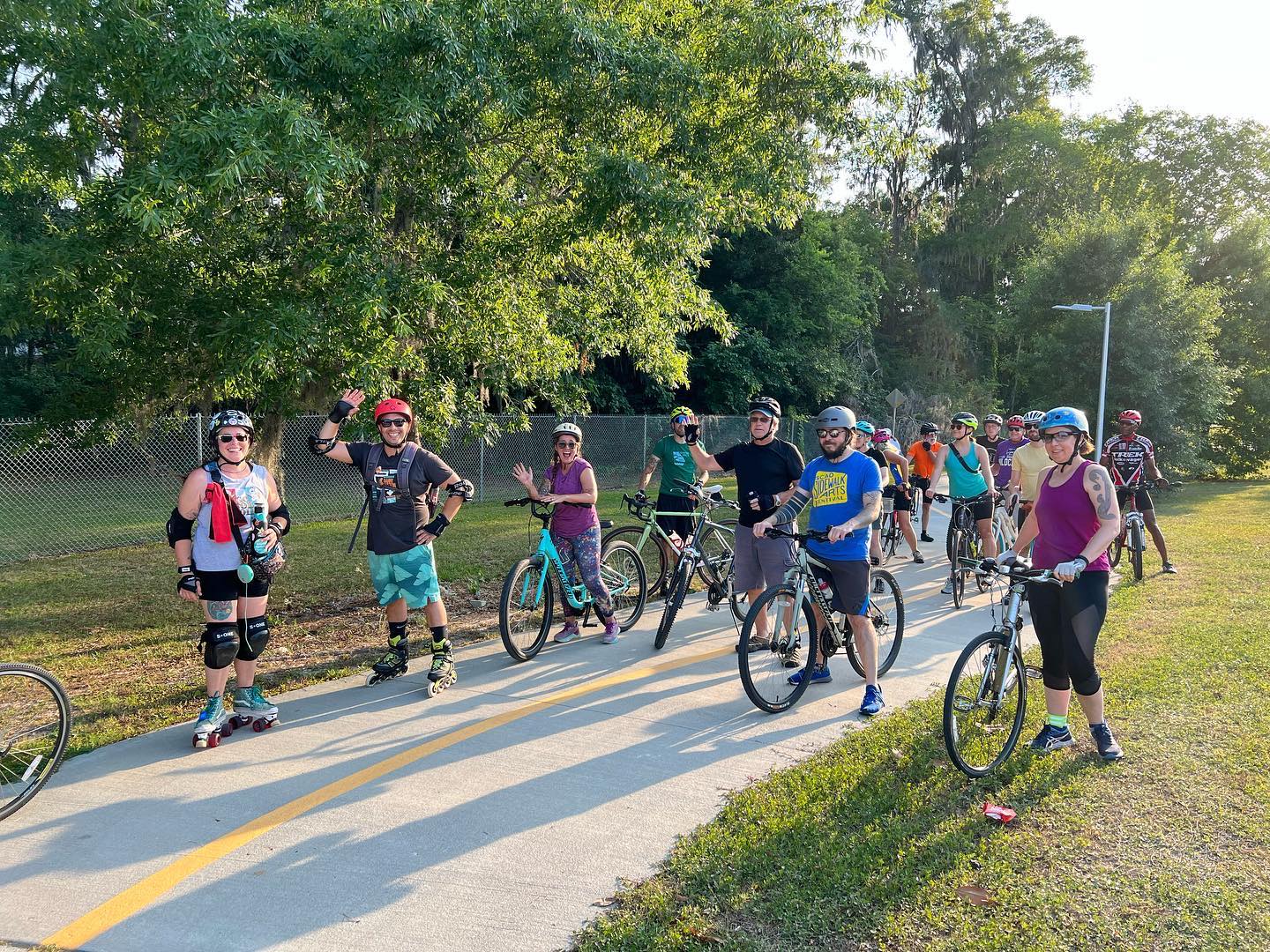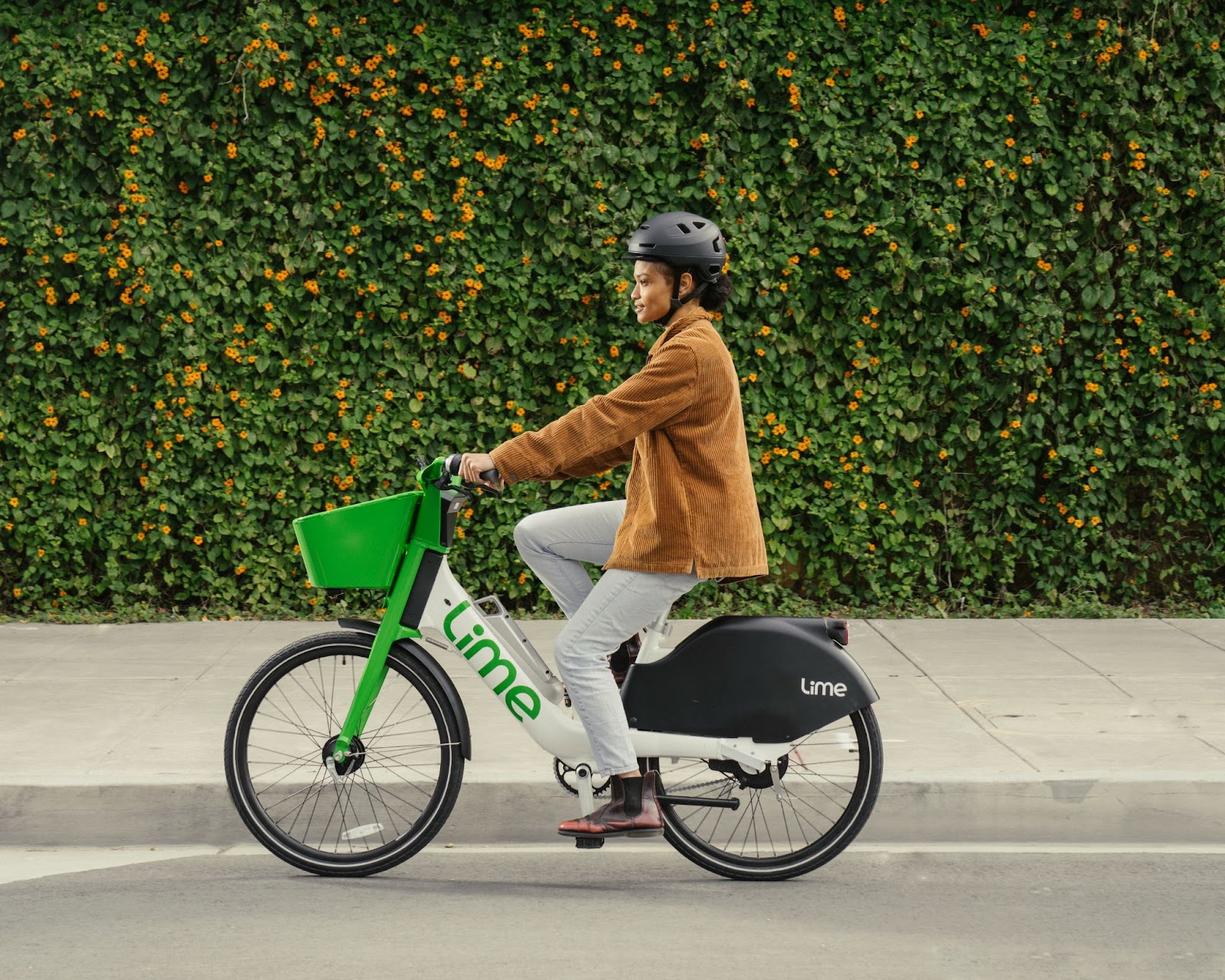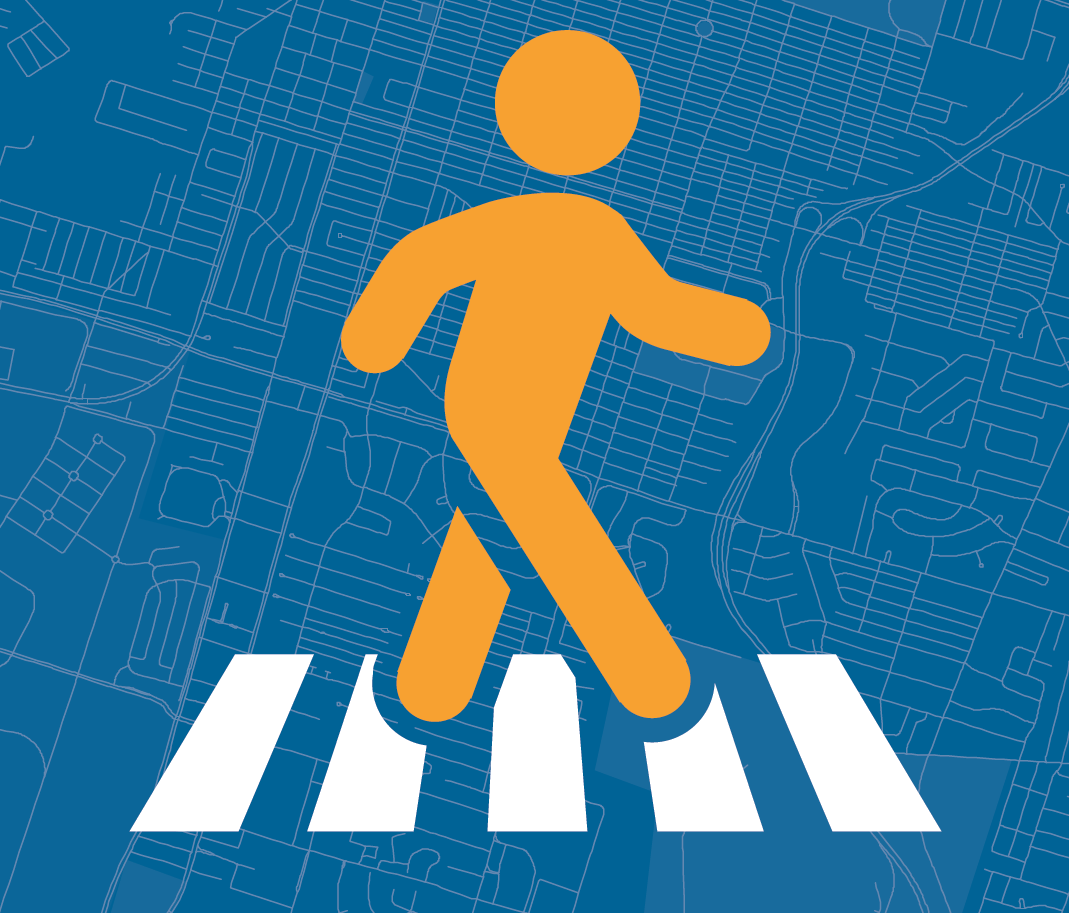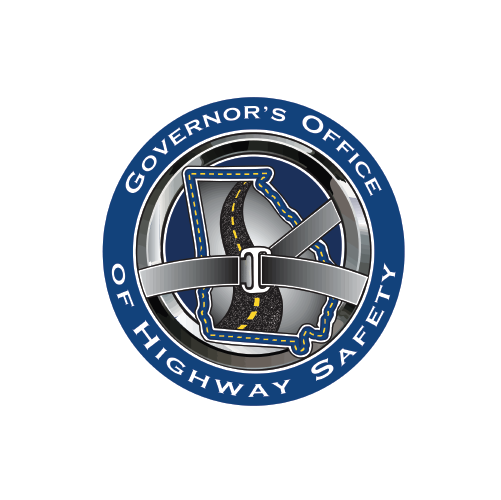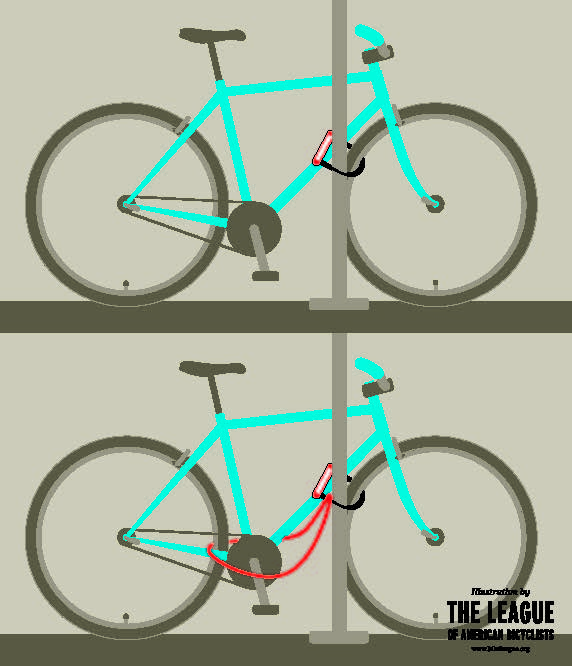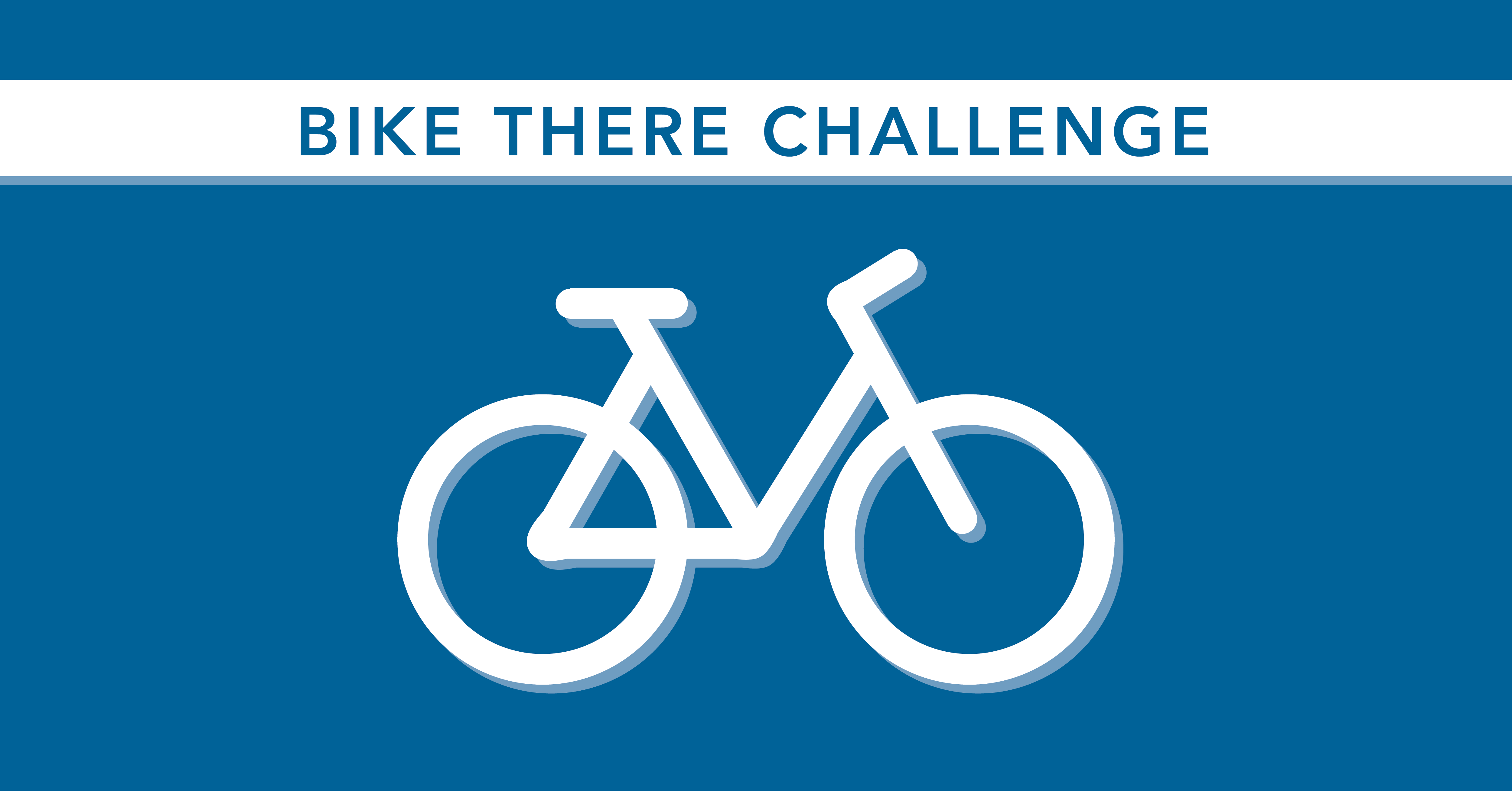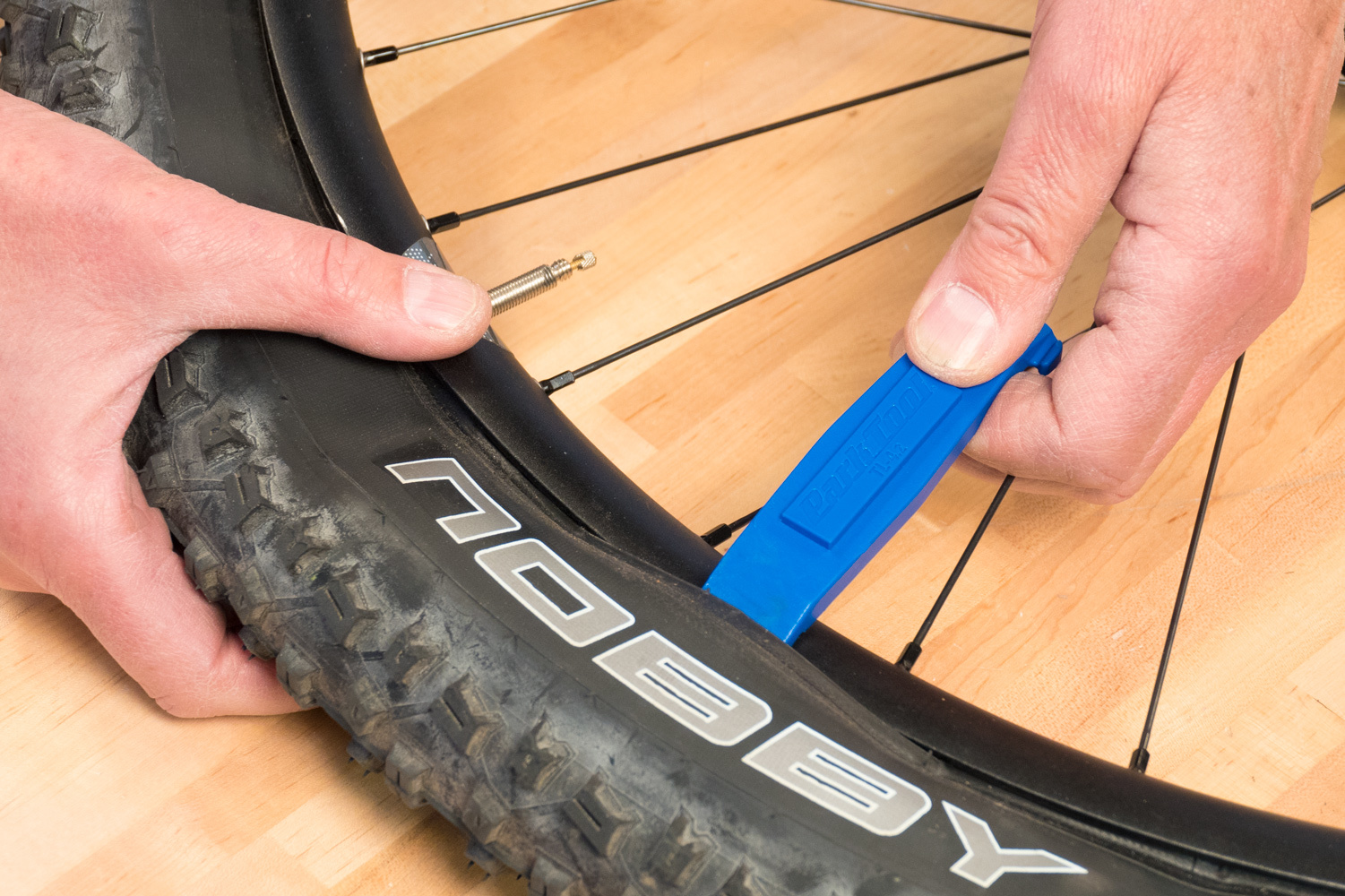It’s important to remember that we’re all people — and at some point in the day, everyone is a pedestrian.
Unfortunately pedestrian injuries and fatalities remain high, especially in Savannah. When you maintain safe speeds and practice other safe driving behaviors, our streets are safer for everyone!
Most at Risk
- Seniors 65+
- Kids ages 5-9
- People under the influence
You never know who may cross your path unexpectedly, so by taking steps to be prepared and constantly paying attention, you can make sure everyone gets from where they are to where they need to be safely — including you!
Tips for how to avoid crashes involving pedestrians:
Know where people are. Does the street you’re on have sidewalks and activated crosswalks, or are people going to be forced to walk in the street or cross unexpectedly? Are there bus stops?
Do not pass stopped school buses. It’s not only the law, but stopped school buses create opportunities where kids or adults may be unexpectedly entering the roadway.
Slow down for crosswalks, regardless of if there are pedestrians. When you approach, give right-of-way to pedestrians who are waiting or in the crosswalk. Stop far enough away to indicate your intent. Scan the street before turning, as there may be someone waiting to cross on the street you’re turning onto. And remember, any intersection — whether marked or unmarked — is a space where pedestrians are legally allowed to cross.
Practice driveway safety. When we’re leaving our home or coming home is a very dangerous time for drivers. You may be distracted by opening your garage door, putting on your seatbelt, remembering your coffee, and might not be looking for kids or people walking behind your vehicle. Make sure to pay attention! Similarly, be aware when you’re in parking lots and pulling in or out of spaces.
Don’t drive distracted or under the influence. Again, it’s the law!
Consider driving conditions. Whether it’s raining or sunny, there’s something happening that can influence your driving. Make sure to slow down or give yourself extra room if you need it, and consider pulling over rather than powering through if conditions are dangerous.
Stay alert for pedestrians who may need more space. Did you notice that the street may not have sidewalks or ramps to get on those sidewalks? Do you see a pedestrian using a mobility device like a motorized wheelchair or cane, or maybe a family with small children? Make sure to give them some extra room!
Ultimately, SLOW DOWN.
Interested in learning more about being a Bicycle and Pedestrian Friendly Driver? Sign up for an upcoming class or view our webinar here!
This blog post is produced thanks to support from the Governor’s Office of Highway Safety.
